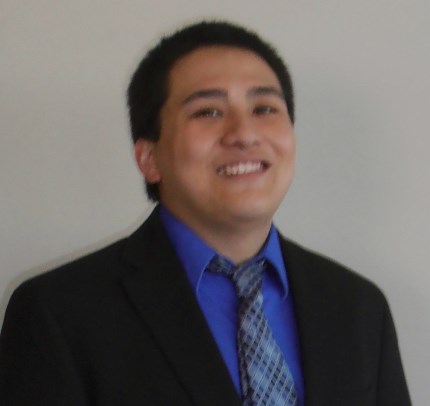Medical Physics Seminar – Monday, April 25, 2016
Methods for Identification and Quantification of Bone Disease Using PET/CT Images

Timothy G. Perk (student of Dr. Robert Jeraj)
Research Assistant, Dept of Medical Physics, UW-School of Medicine & Public Health, Madison, WI - USA
Current methods for assessing bone disease do not fully characterize disease because they look at only small regions of the disease or a few bone lesions as it is impractical to manually analyze the whole disease burden. These methods fail to account for the heterogeneity of disease throughout the skeleton, which shows a need for automated methods for comprehensive analysis. This seminar will focus on some of our work in automated analysis of 18F Sodium Fluoride PET/CT images. Current methods of automated lesion detection employ a whole body SUV threshold, which has been shown to either exclude certain lesions or include background bone uptake. This seminar will cover our development of a bone-specific variable SUV thresholding method for locating disease that optimizes the balance between the exclusion of background uptake and detection of bone lesions. Additionally, we have developed a radiomics-based machine learning classification algorithm for differentiating between benign and malignant bone lesions, which is a process that previously required manual physician classification.
Modular Multi-Source X-Ray Tube for Computed Tomography Applications

Brandon P. Walker (student of Dr. Guang-Hong Chen, Dr. T. Rockwell Mackie, and Kevin Eliceiri) )
Research Assistant, Dept of Medical Physics, UW-School of Medicine & Public Health, Madison, WI - USA
Computed tomography (CT) has become a crucial tool for non-invasive imaging and diagnosis of disease, but the geometry of a modern CT scanner is essentially the same as was used 30 years ago. Progress towards better temporal resolution in CT and superior image quality in cone beam CT is being limited by adherence to an outdated data acquisition geometry in which a single x-ray tube and detector rotate around the patient. A new multi-source x-ray tube was designed in a modular form factor to push the barriers of high-speed CT and spur growth in emerging imaging applications. This technology can be used as the basis for a stationary high-speed CT scanner, a system for generating a virtual fan-beam for dose reduction, or for reducing scatter radiation in cone-beam CT utilizing a tetrahedron beam CT geometry. A 2.4 kW benchtop system is currently being built to show proof of concept for the tube.